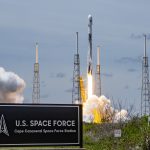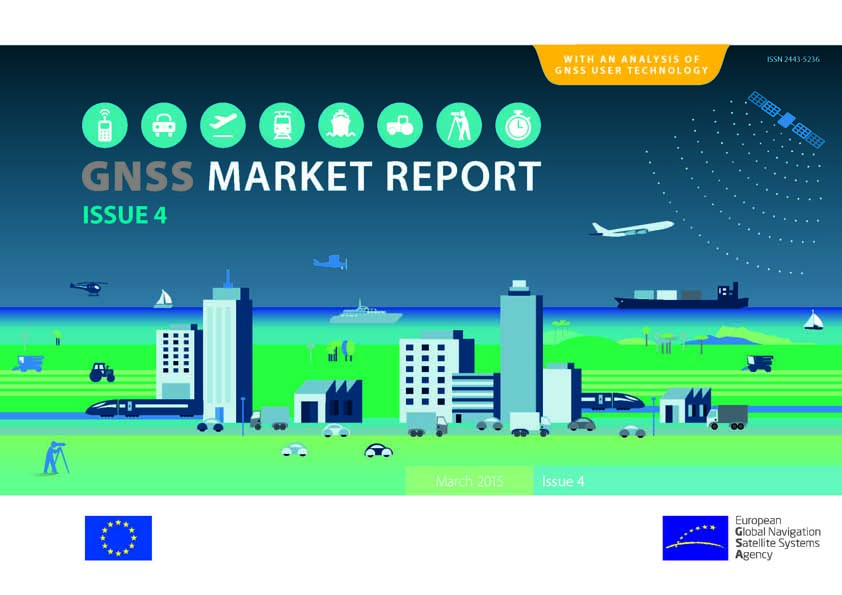 U.S. Trade Representative Michael Froman
U.S. Trade Representative Michael FromanTariffs on GPS devices in more than 70 countries could disappear in a matter of months now that the U.S. and China have worked through an impasse on expanding the Information Technology Agreement (ITA).
Tariffs on GPS devices in more than 70 countries could disappear in a matter of months now that the U.S. and China have worked through an impasse on expanding the Information Technology Agreement (ITA).
Organized through the World Trade Organization, the ITA requires participants to zero-out tariffs on a mutually agreed upon set of products. The ITA countries, which together generate 97 percent of the world’s trade, have been negotiating for the last three years to expand the list of no-tariff goods — a list that has not been updated since 1996 when the initial deal was set.
“That was so many years ago that there were a lot of products that really hadn’t been invented or envisioned yet — or were just infant technologies that people didn’t really consider would be making such a boom in the marketplace,” said Sage Chandler, vice-president of international trade for the Consumer Electronics Association. “GPS was clearly one of those. Since that time we’ve seen such a huge expansion of trade in GPS, we realized that this is one of those products that should be covered in an expanded ITA.”
Chandler pointed out that because the plan adds to an existing agreement, final implementation could occur within a matter of months.
“What is interesting about this agreement, what is so exciting about it, and why industry is so just whipped up and really wanting to get this done quickly, is because it does not have to be approved by Congress,” Chandler explained. “There is no vote for passage of an agreement because it already exists. We’re just expanding an agreement that exists so it does not require a vote.”
Now that the U.S. and China resolved their differences on what the list should include, an accord that they announced November 8, a meeting to finalize the deal is expected to take place next month. The agreement was announced during the Asia Pacific Economic Cooperation summit in Beijing.
Since most of the details have been negotiate, and the mechanisms for zeroing tariffs are already in place, closure could happen quickly followed by rapid implementation. If a final deal is wrapped up by the end of December or early January, Chandler said, tariffs on the newly listed items, including satellite navigation equipment, could be dropped in as little as a few months.
“This agreement, once it is agreed on, will go into effect almost immediately,” she said.
The understanding reached by the United States and China appears to be quite a breakthrough.
The talks to broaden the ITA’s scope had been well along, said Chandler, but bogged down when China proposed excluding key categories from the agreement.
“We got as far as we could without China really getting in and playing ball,” Chandler told Inside GNSS. “What China wound up doing was saying that they would accept a very small subsector of the products that everybody else seemed to be good with, but they could not accept certain categories of products. The categories that they couldn’t accept were huge, like semiconductors and the next-generation semiconductors called MCOs (Multi-Component Semiconductors). China didn’t want 10 or 20 things to be in the agreement — but those 10 or 20 things were the bulk of the value of the agreement.”
China’s stance effectively brought the discussions to a halt. The rules of the existing agreement were such that, if a country agreed to drop its tariffs on the items in the expanded list, it had to drop them for all the members of the existing agreement — even if some of those members opted out of the broader deal. So, if the ITA countries agreed to go ahead without China buying into the entire new list, China could keep its tariffs in place but still get tariff-free treatment for those key exports.
“No country is going to do that because they’re not going to give China access to their markets without getting reciprocal treatment,” said Chandler, adding, “China was just too important a player to not continue negotiating with.”
The new list has some 200 categories of goods. Besides navigation equipment tariffs will be lifted on medical devices, video game consoles, prepaid cards for things like software, loudspeakers and semiconductors, including the new MCOs. Tariffs on these goods ran as high as 30 percent, Ambassador Michael Froman, the U.S. trade representative, told reporters.
Once the deal is finalized, Froman said, industry estimates suggest it “would eliminate tariffs on roughly $1 trillion of global sales of IT products. It would contribute to global GDP $190 billion and would support up to 60,000 additional U.S. jobs in technology and manufacturing.”
Semiconductor Innovation Could Aid GPS Trade Imbalance
The impact of removing tariffs on the U.S. GNSS industry, however, remains unclear.
The United States exported $534 million of GPS receivers and other navigational apparatus in 2013, according to data from the U.S. International Trade Commission Dataweb. Imports, however, for the same year were more than five times greater at $2.879 billion. ITC figures show that the U.S. — whose GPS products have been subject to tariffs of as much as 8 percent, according to the Wall Street Journal — has been a net importer of navigation equipment since the year 2000.
But American receiver manufacturers may get a boost from MCOs — a new chip technology in which the U.S. is the global leader.
“MCOs essentially combine into a single semiconductor device the functions previously done by two or more semi-conductor devices,” explained Devi Keller, deputy director for global policy at the Semiconductor Industry Association. “There is a megatrend in the industry of miniaturization, diversification and more functionality on a single-chip. So that is what makes it different — it is essentially putting the functionality of multiple semiconductor devices into a single device.”
The U.S. is already the largest manufacturer of MCOs – a product expected to see growth of 10 percent annually for the next five years, Keller said. Innovations in MCOs ultimately could help GPS receiver manufacturers.
“MCOs are very likely included in many GPS devices, as MCOs are found across a broad variety of ICT (information and communication technology) applications,” said Keller. “Even if MCOs are not part of some GPS devices today, they likely will be in the very near future.”





